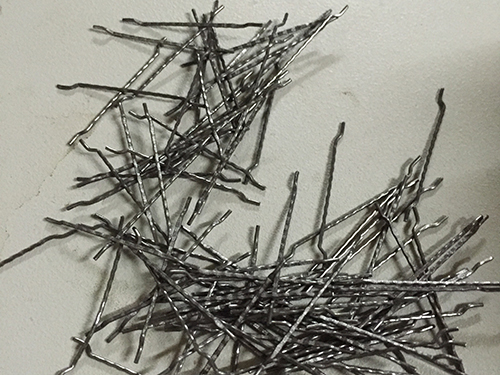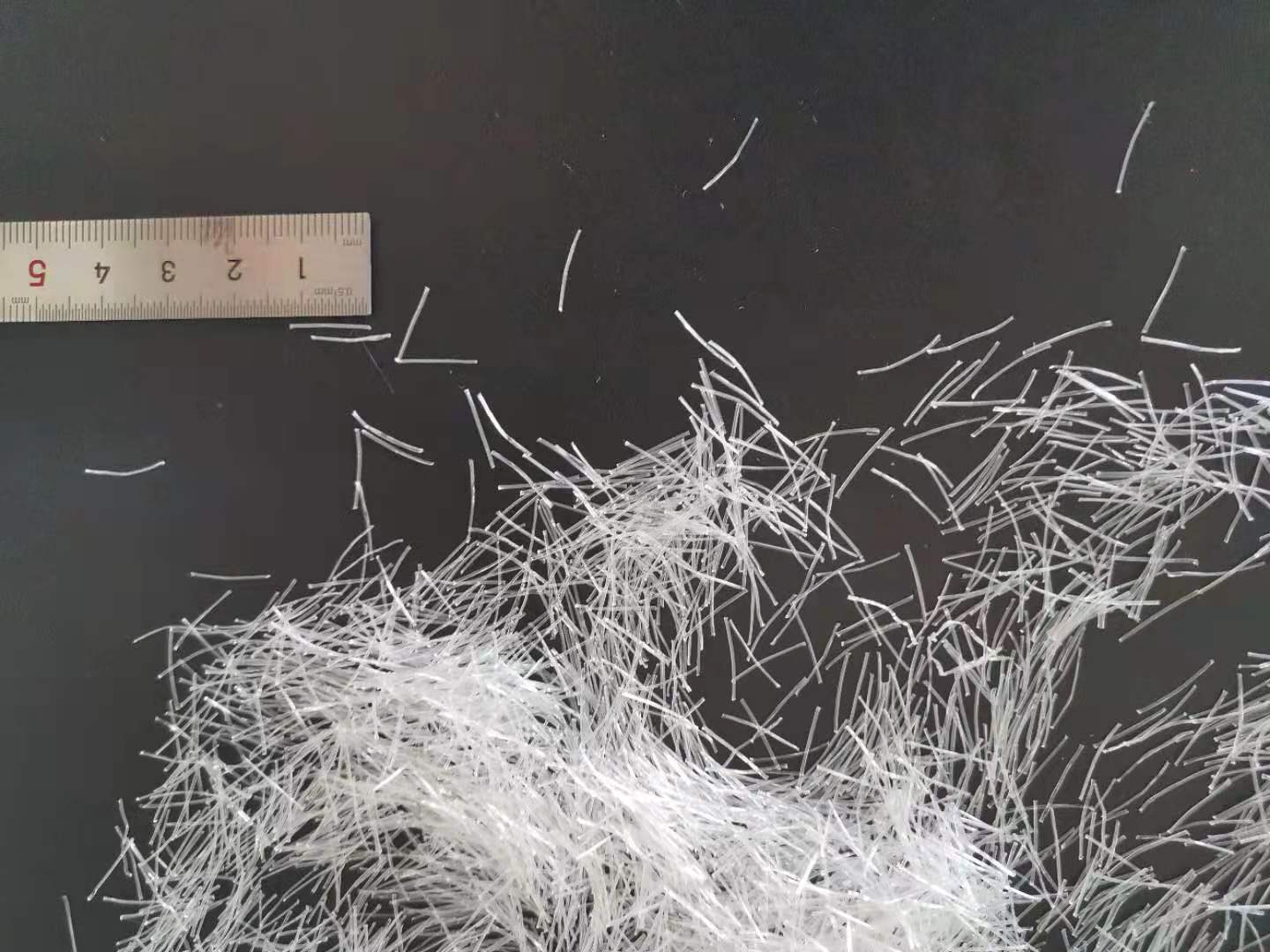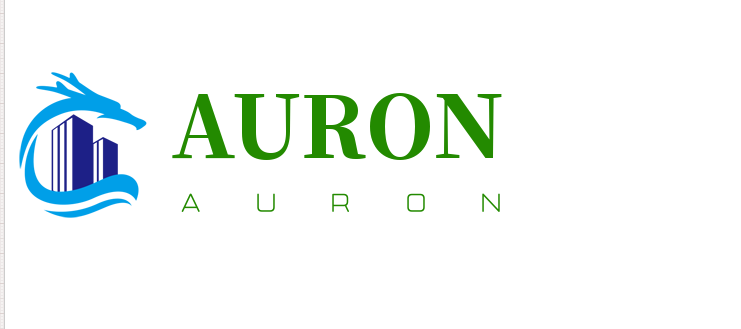Cellulose fiber for concrete is a kind of plant fiber. It has good durability in concrete, and has the characteristics of high strength, high modulus, hydrophilicity and easy dispersion. After the product is handed over, it becomes a sheet product, which is not convenient for transportation and delivery, and can also improve the grip and wrapping force of the product. Under the action of water immersion and friction of the mixer, the fiber is very easy to disperse into fiber monofilament, which has the effect of crack resistance and can effectively improve the mechanical properties, freeze-thaw resistance and impermeability of concrete.
Data Sheet
Cellulose fiber | |||
Shape | White flake | Size | 5*5mm |
Specific gravity | 1.1g/cm3 | Length | 1.8-3.5mm |
Diameter | 15-20um | Surface area | 25000 |
Tensile strength | 600-900Mpa | Modulus | 7.8-9Gpa |
PH | 7.0 | Hydrophilicity | Good |
Due to the characteristics of cellulose fiber itself, such as natural hydrophilicity, excellent grip and wrapping force, huge fiber specific surface area, and high toughness and strength, after being added to the concrete, a large number of uniformly distributed fine fibers are formed under the action of water immersion and external force, which can effectively prevent the occurrence of cracks caused by plastic shrinkage, dry shrinkage and temperature change of concrete. Obviously improve the mechanical properties of concrete
1. Water conservancy projects: dams, aqueducts, canals, water affairs, etc;
2. High speed railway: bridge, tunnel, ballastless track, etc;
3. Industrial and civil buildings: industrial buildings, civil buildings, etc;
4. Others: highway, energy engineering, etc.
5. Marine Engineering: sea crossing bridges, ports and wharfs, etc;
6. Underground structure engineering: underground building;






